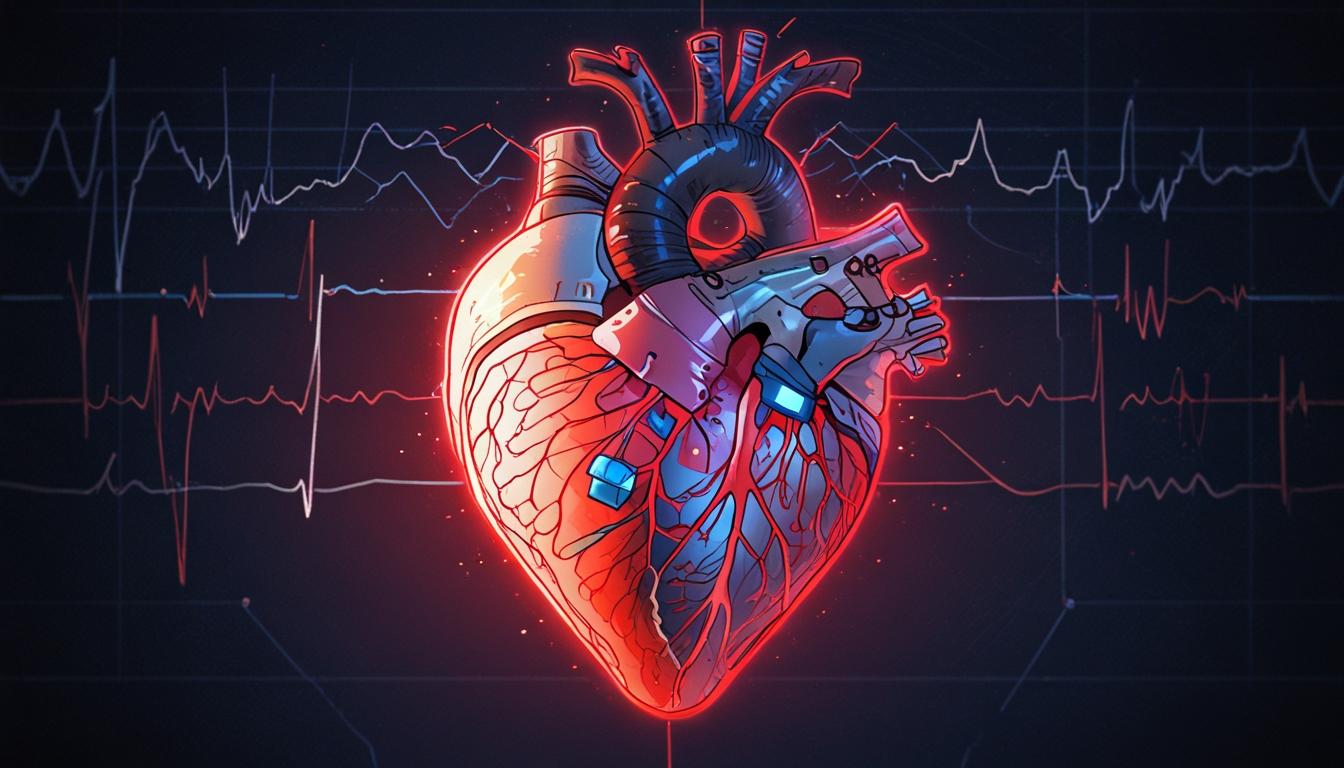Cardiovascular diseases (CVDs) are emerging as the leading cause of mortality globally, accounting for an estimated 18 million deaths in 2019 according to the World Health Organization (WHO). This statistic translates to approximately 32% of all fatalities worldwide, with a staggering 85% of these deaths attributed to strokes and heart attacks.
A comprehensive study conducted by researchers at the University of Leeds in early 2022, which examined over 145 million hospital records over nine years, revealed that patients who endure a heart attack are significantly more prone to develop severe long-term health conditions. The study noted that 30% of these patients eventually face kidney or heart failure, while 38% succumb to various health issues within the study timeframe. Alarmingly, in the United States, a life is claimed by a heart attack every 40 seconds, with nearly 800,000 Americans suffering from heart attacks annually, 75% of which are first-time incidents.
A comparative study indicated that heart attack mortality rates in the US surpass those in other high-income countries such as Canada and the Netherlands. Dr. Peter Cram, a professor at the University of Texas Medical Branch (UTMB), pointed out that while the care in the US is of high quality, the one-year mortality rate is troubling. "The U.S. seems to focus really hard on those technologically advanced new and shiny things," he said, stressing the need to prioritise addressing mortality rates.
In parallel with these alarming trends, severe obesity in the United States is on a steep rise, as documented by a recent study from the Pennington Biomedical Research Center. The research analysed national health data from 2001 to 2023 and found a 30% increase in obesity rates among adults over the past two decades. More critically, severe obesity, defined as a Body Mass Index (BMI) of 60 kg/m² or higher, surged by 210%. Dr. Philip Schauer, director of the Metamor Institute, highlighted the increasing clinical burdens associated with this severe category, particularly given that many patients may become immobile and require extensive healthcare services.
This dramatic rise in obesity correlates with increasing rates of obesity-related heart disease. According to a study presented at the American Heart Association's Scientific Sessions, deaths attributed to heart disease caused by obesity surged by 180% from 1999 to 2020, with men facing a 243% increase and women seeing a 131% rise in death rates.
In addressing this healthcare crisis, advancements in artificial intelligence (AI) are showing promise in improving early detection and intervention for cardiovascular diseases. A recent study funded by the British Heart Foundation developed an AI model that successfully identifies female patients at high risk for heart disease based on electrocardiogram (ECG) data. Researchers are also making strides in real-time heart attack detection; engineers at the University of Mississippi have created a lightweight, energy-efficient chip that can assess ECGs and identify heart attacks with a 92.4% accuracy.
“Compared to traditional methods, our technology is up to two times faster, while still highly accurate,” stated Kasem Khalil, an electrical and computer engineering professor involved in the research. Their innovation aims to enable prompt interventions, underscoring the critical nature of timely responses during heart attack incidents.
Additionally, major tech companies such as Apple are pioneering efforts in the medical wearables market, using AI technologies to enhance health monitoring. The company’s Apple Watch features an ECG app that captures users’ heart rhythms and can alert them to anomalies. As Apple continues to explore new frontiers in health technology, the potential for AI to integrate with wearable devices could yield significant improvements in the early detection and treatment of cardiovascular diseases.
Given the rising prevalence of cardiovascular ailments exacerbated by extreme obesity, innovative technologies such as AI-driven diagnostics may prove to be transformative in the healthcare landscape. The urgent need to improve preventive measures and enhance treatment methodologies is evident, as the complexities surrounding heart health continue to escalate alongside these public health challenges.
Source: Noah Wire Services
